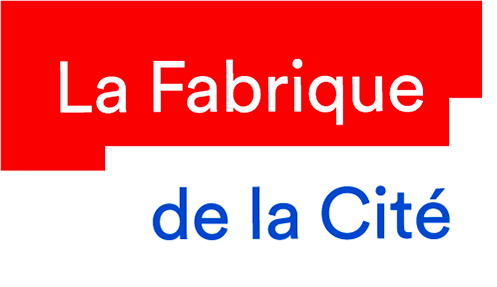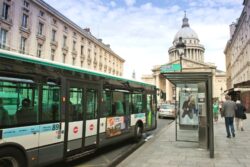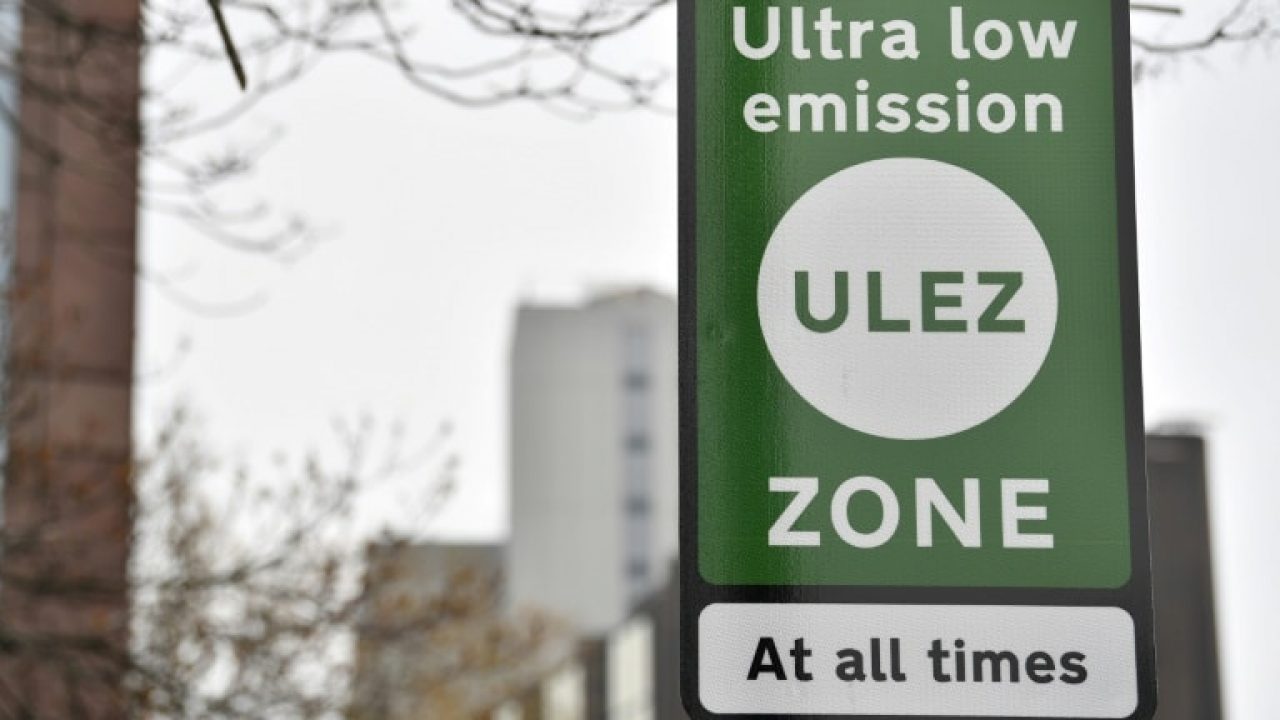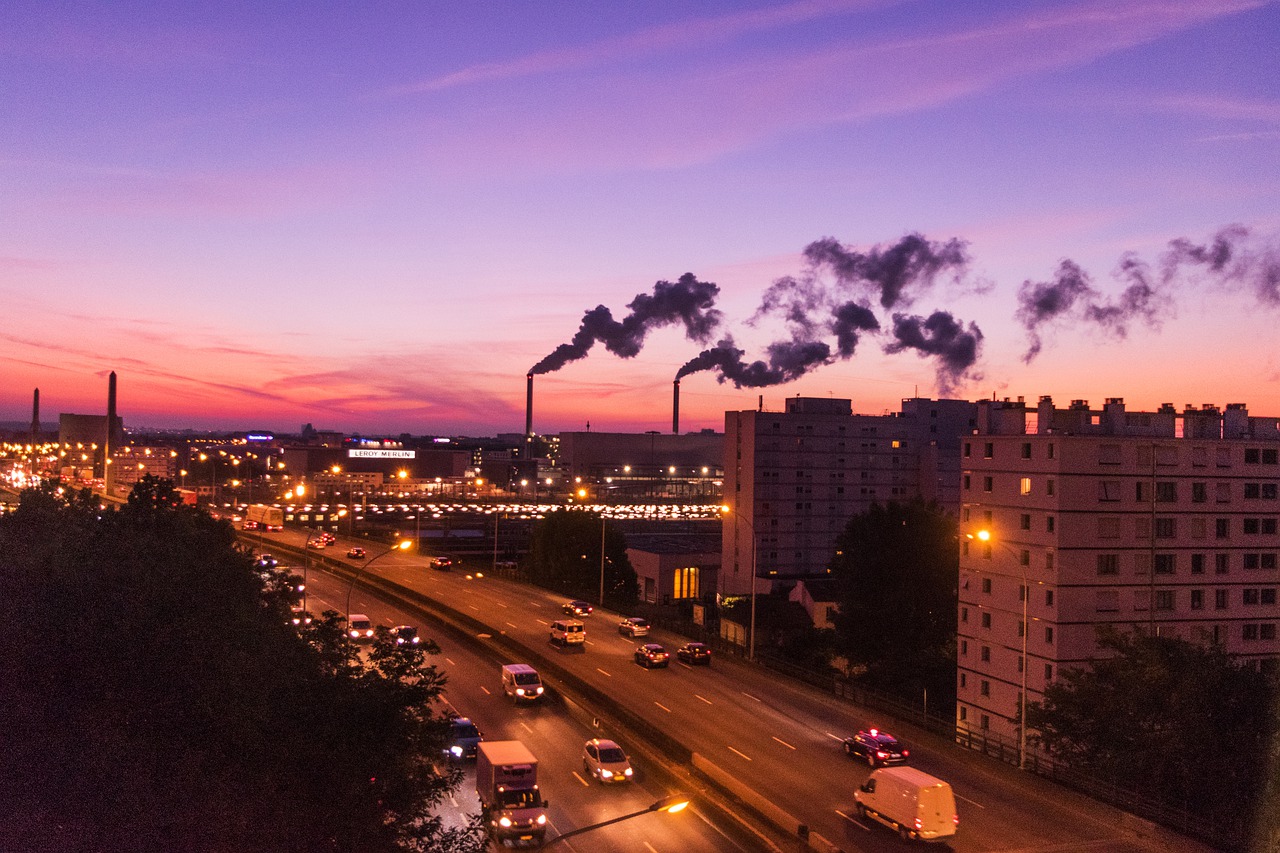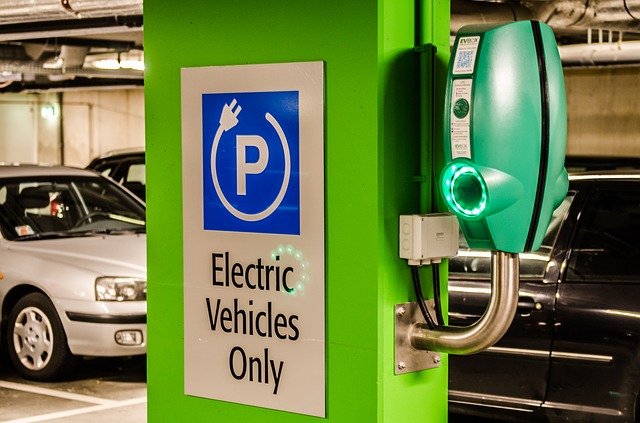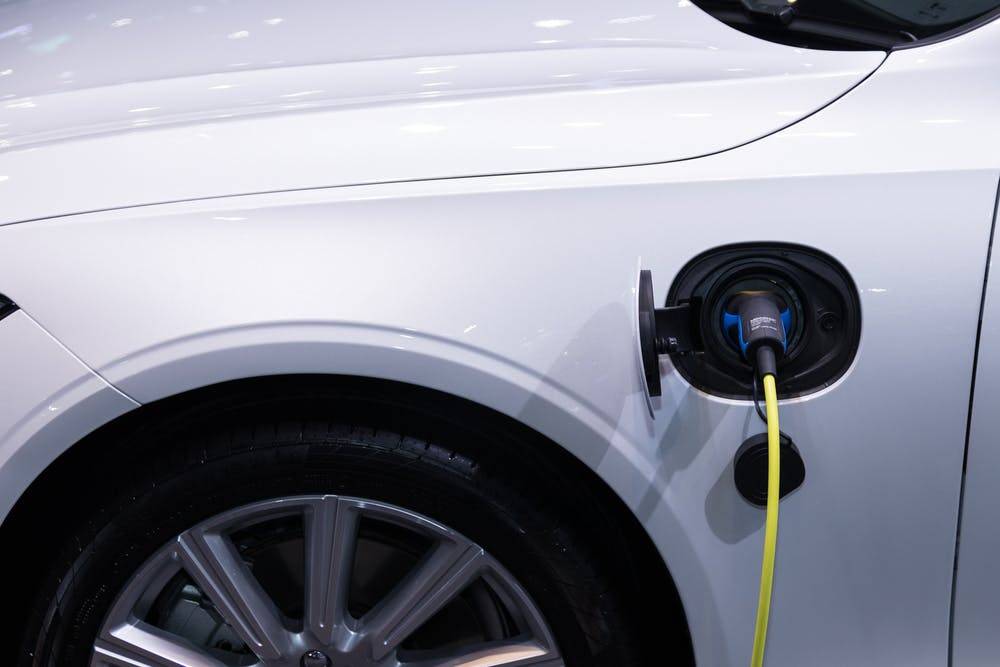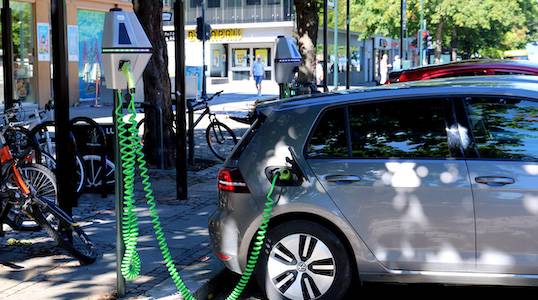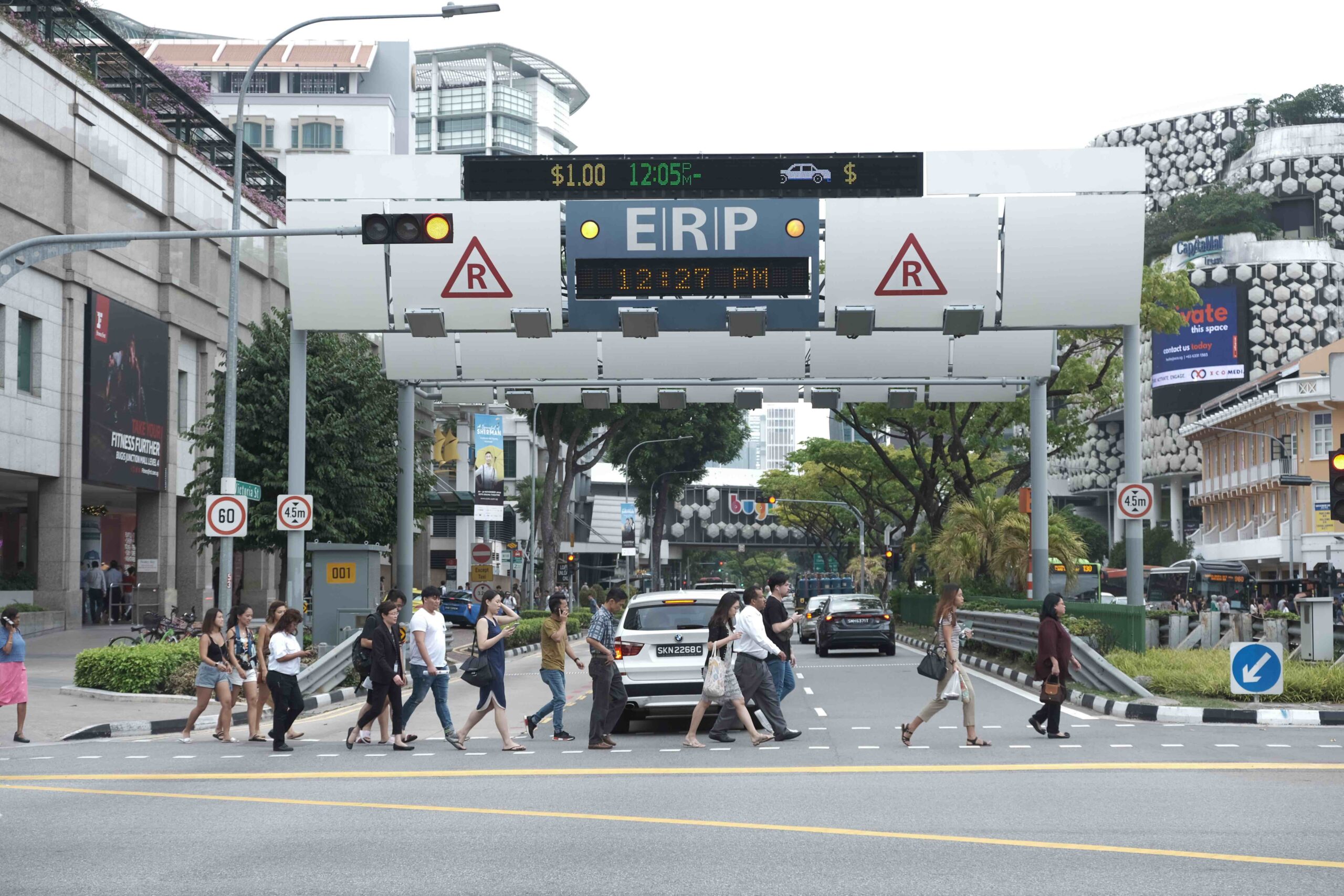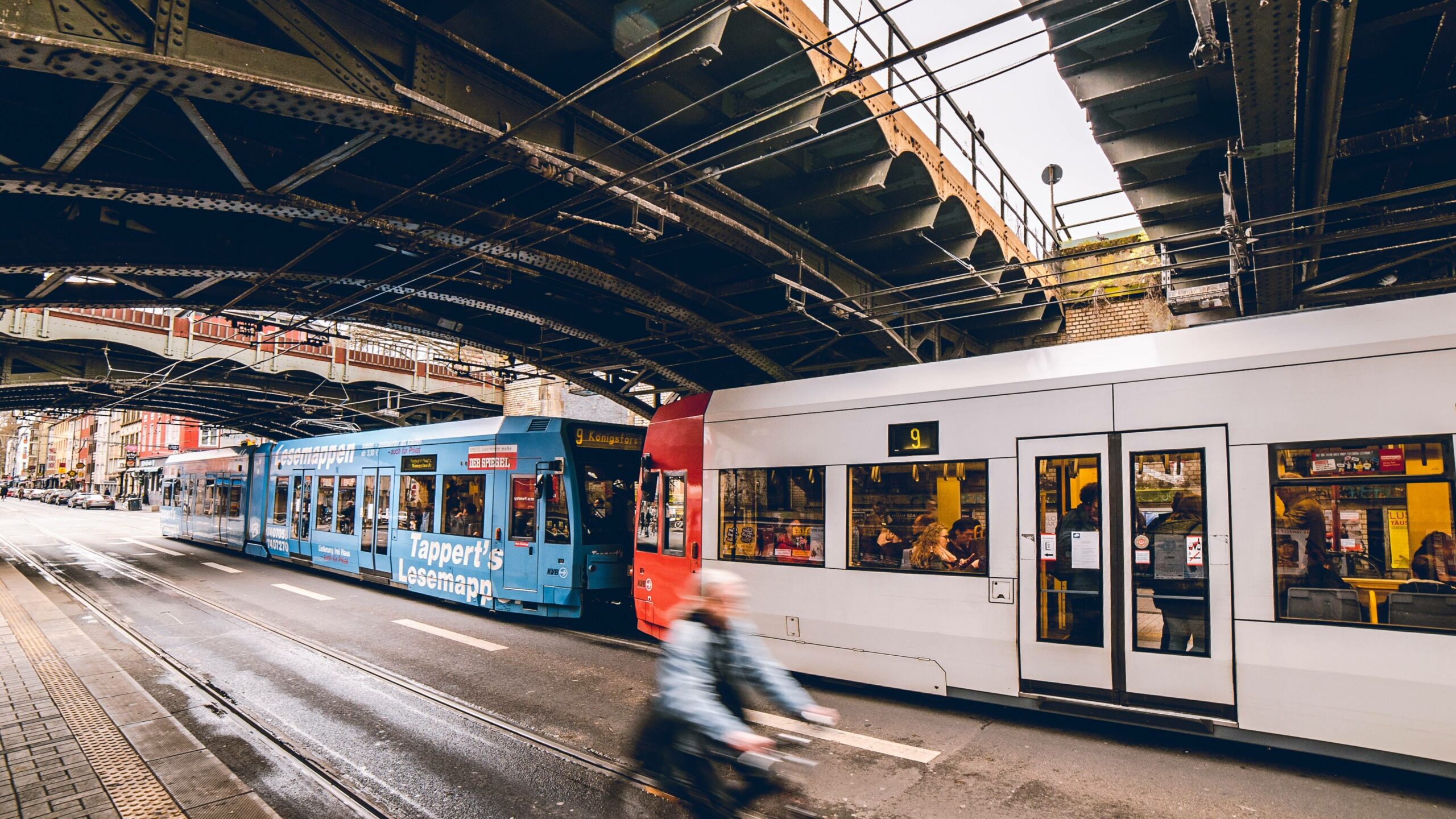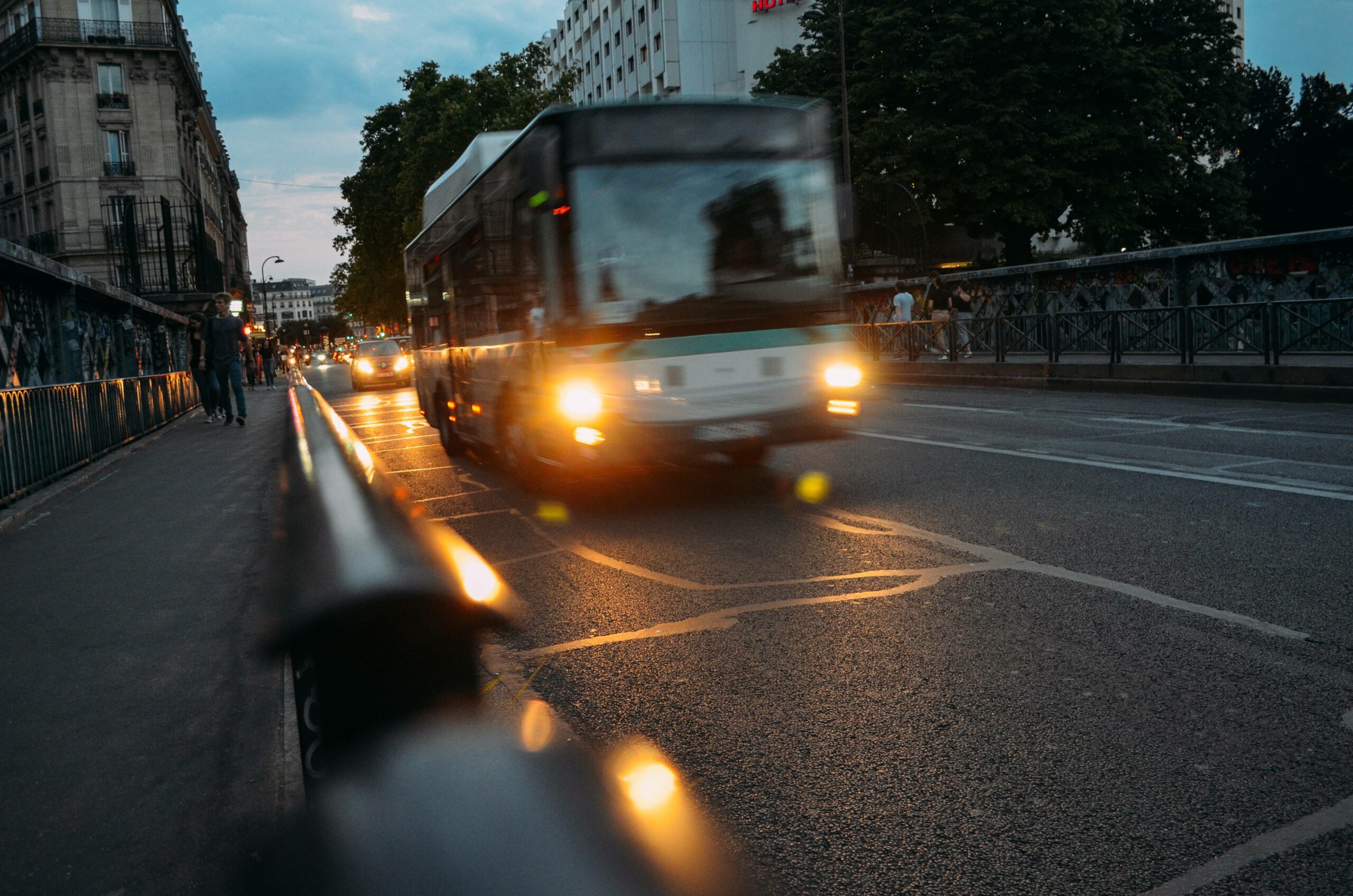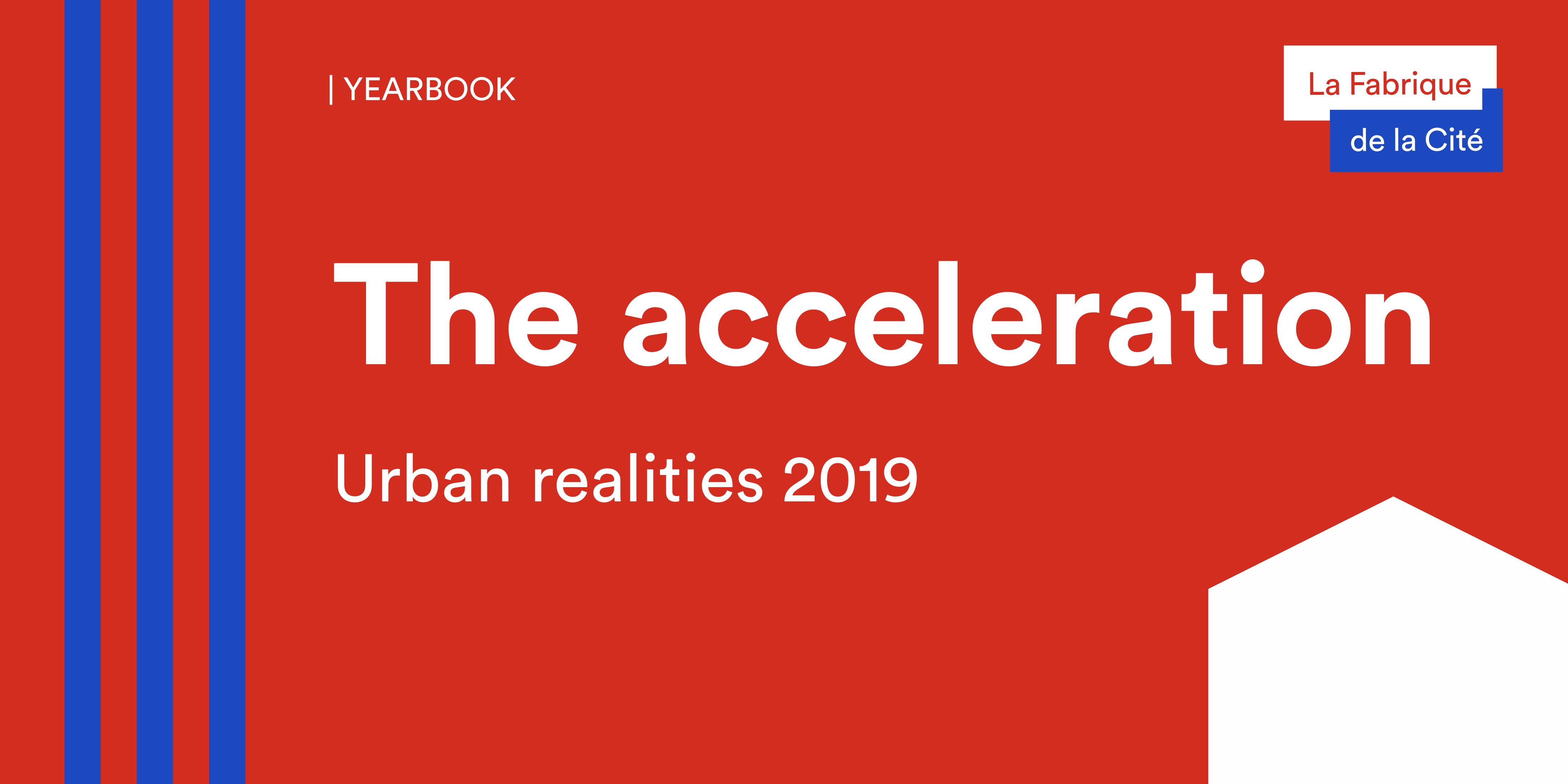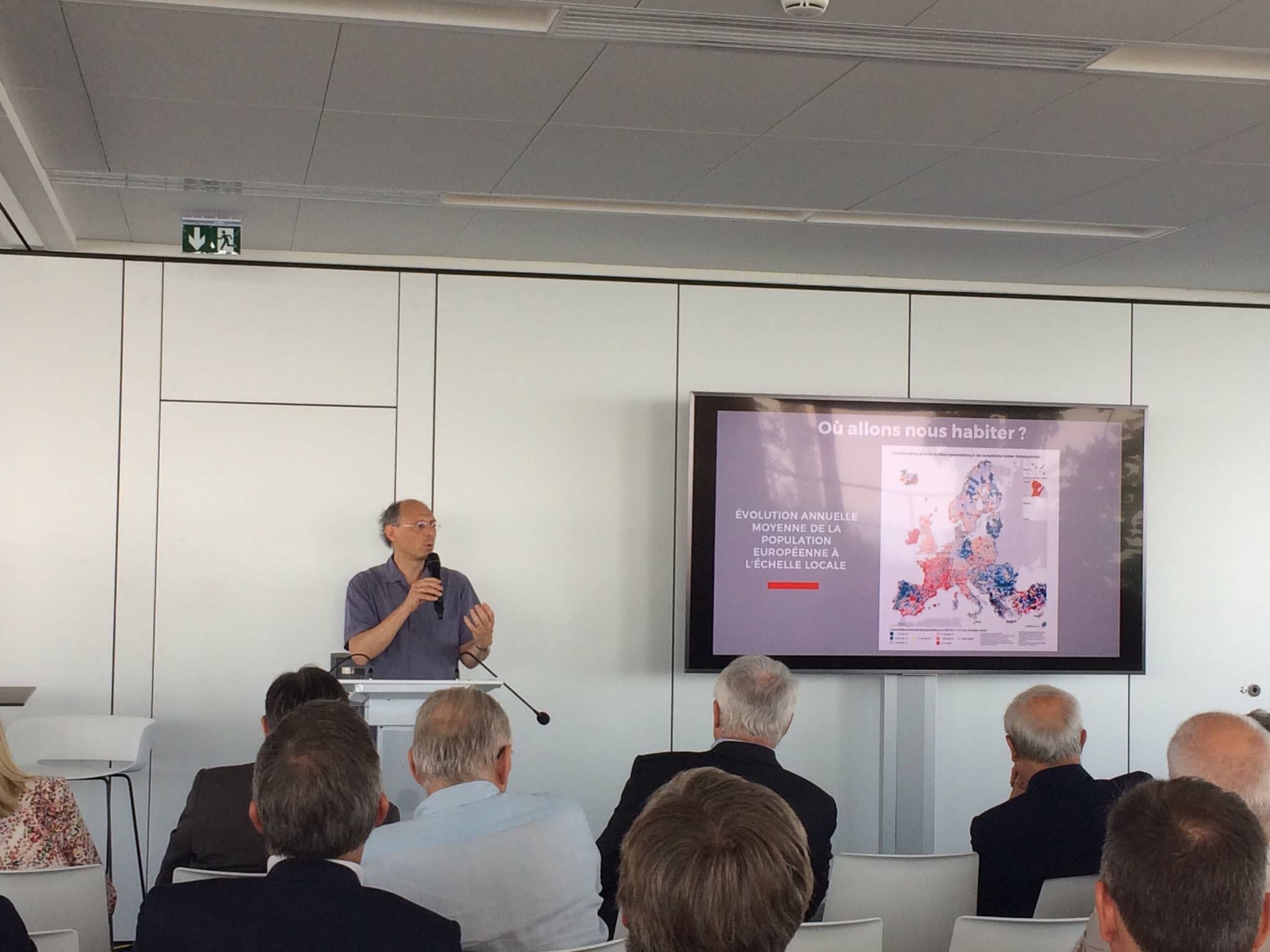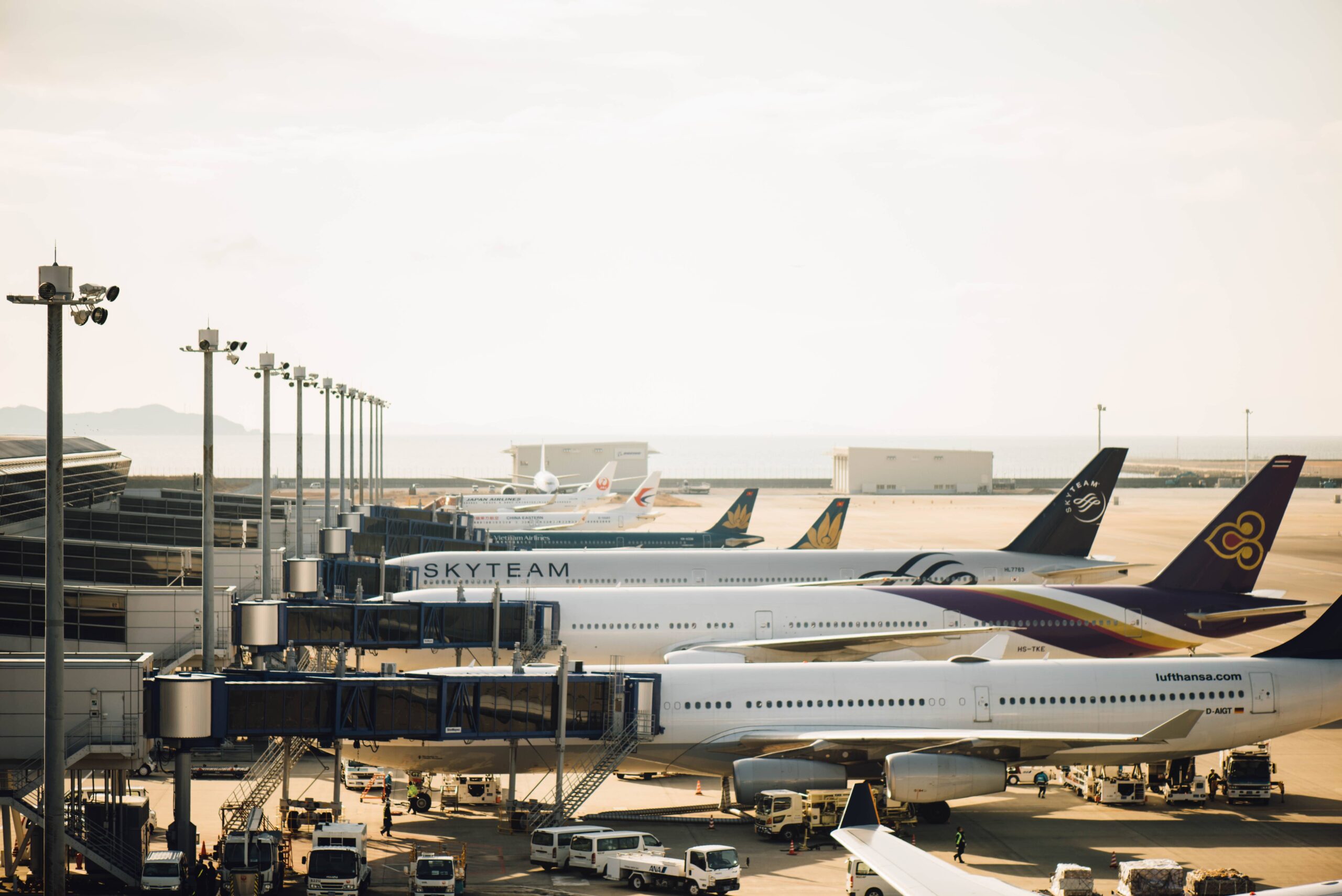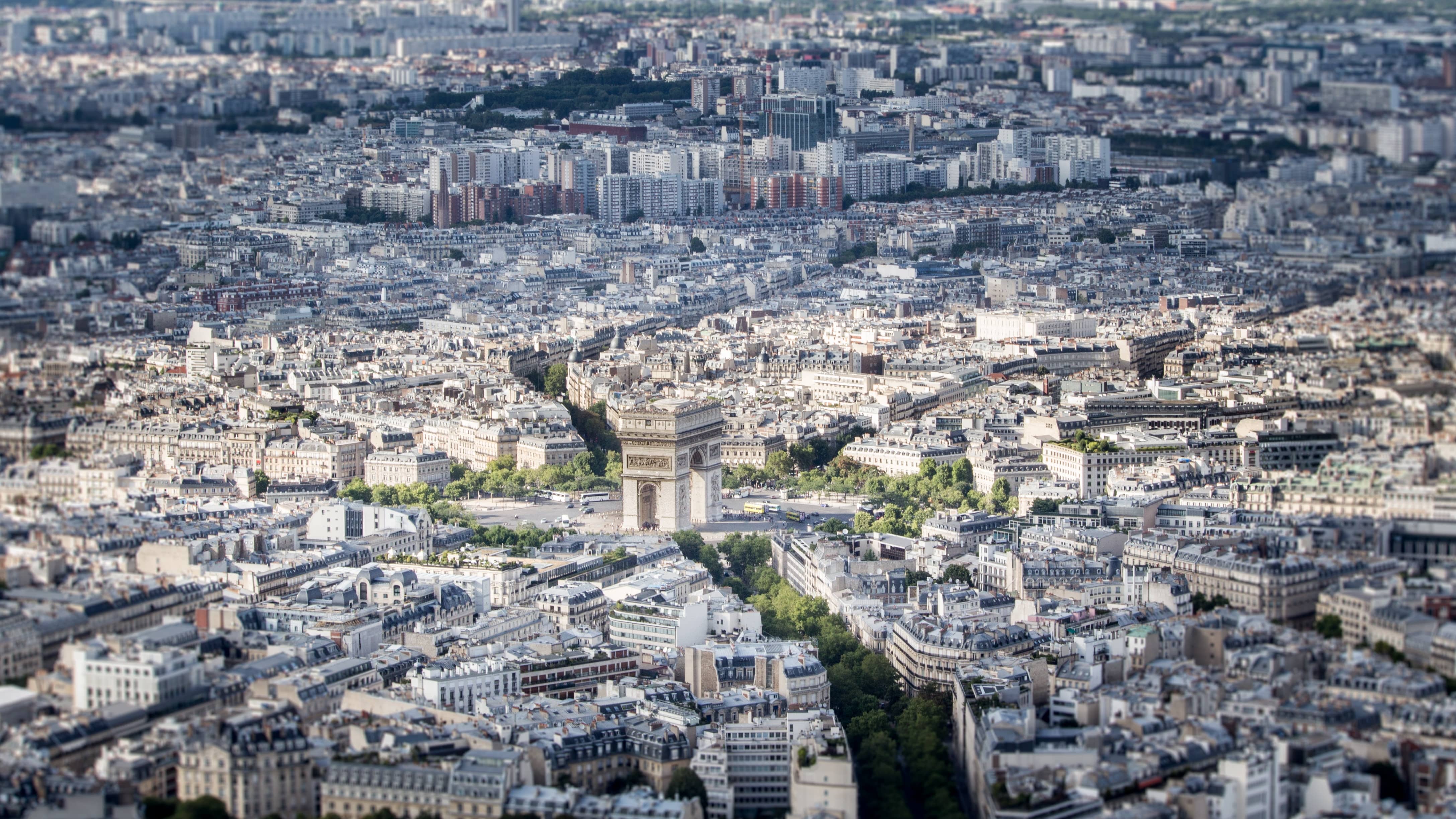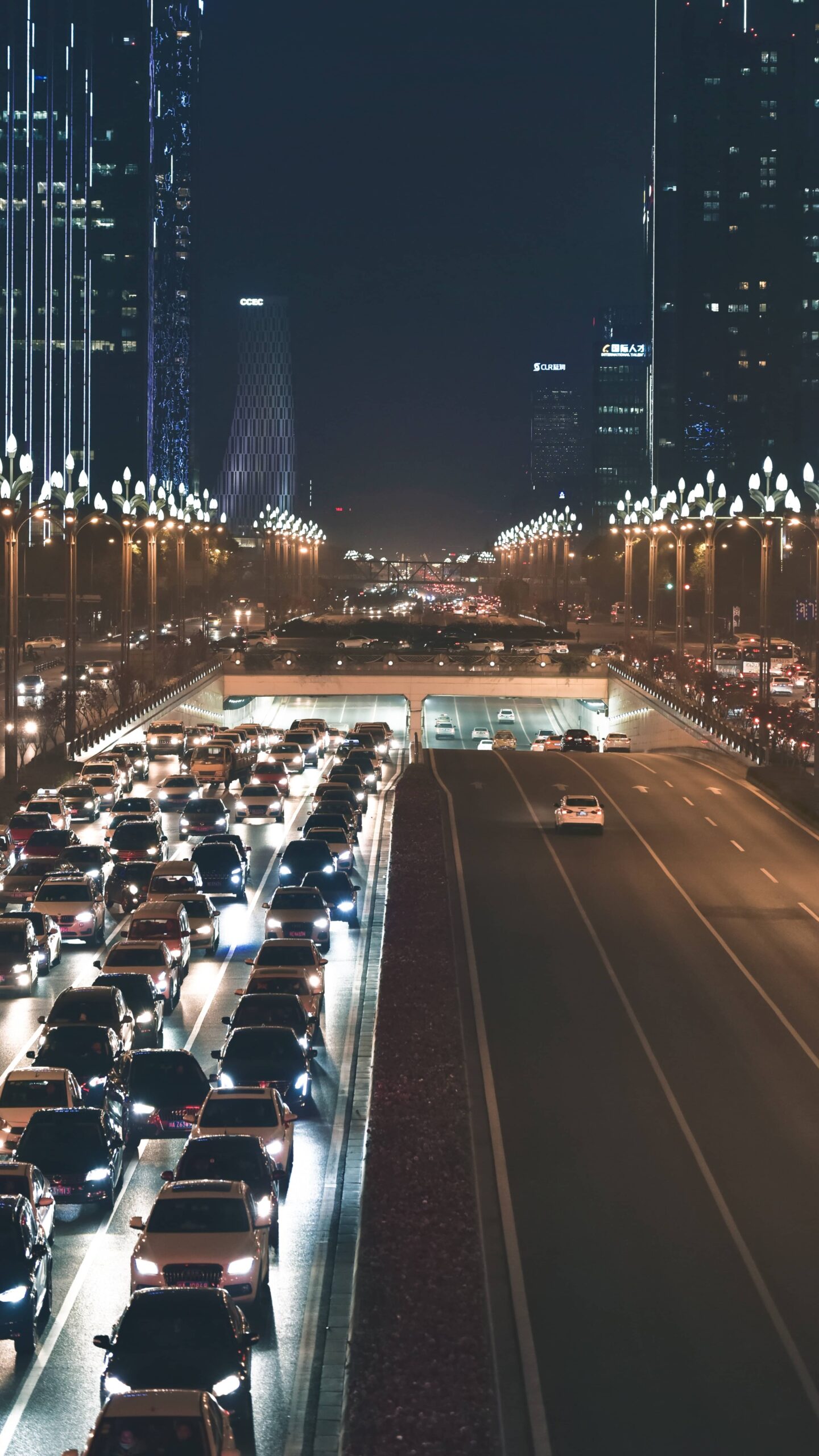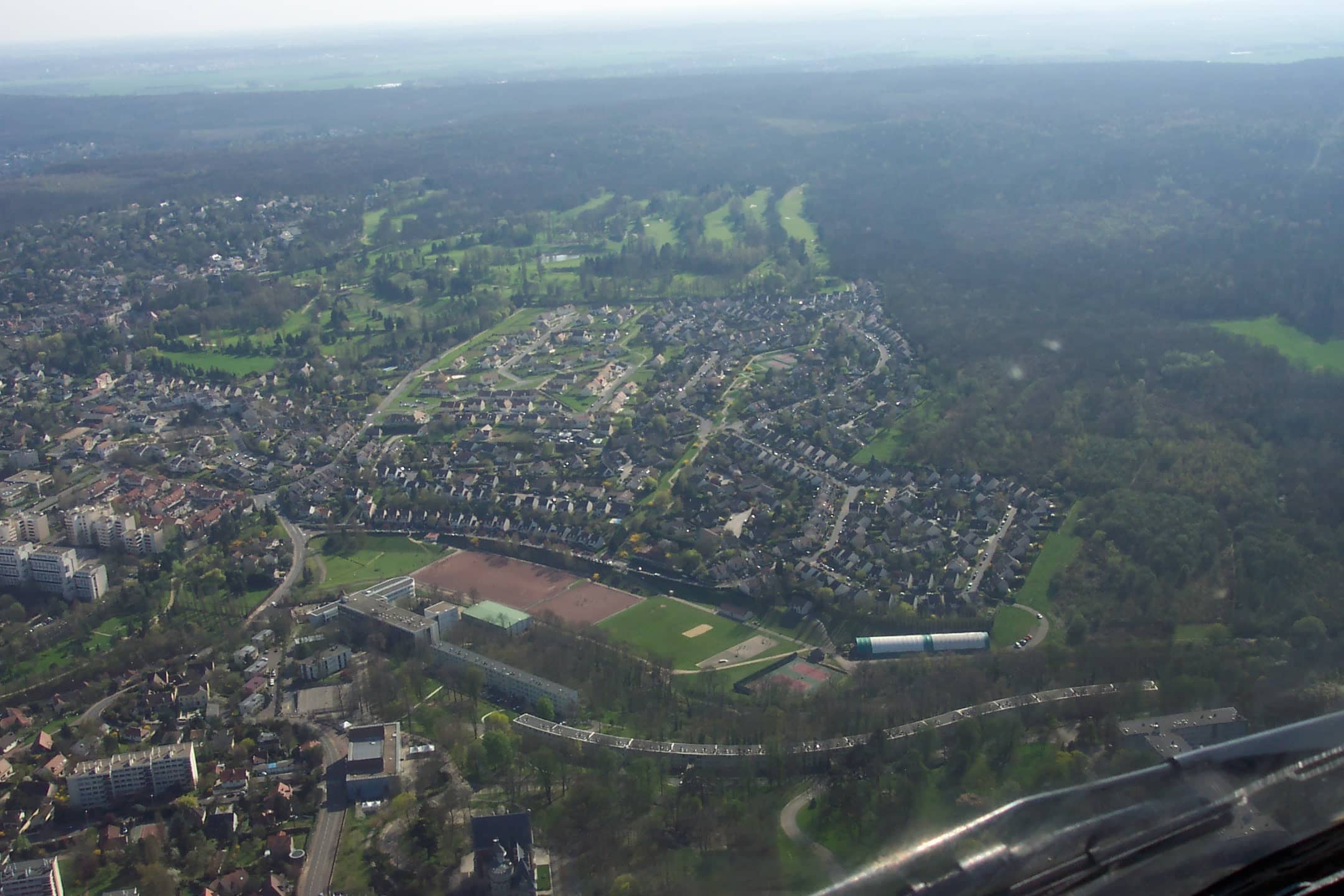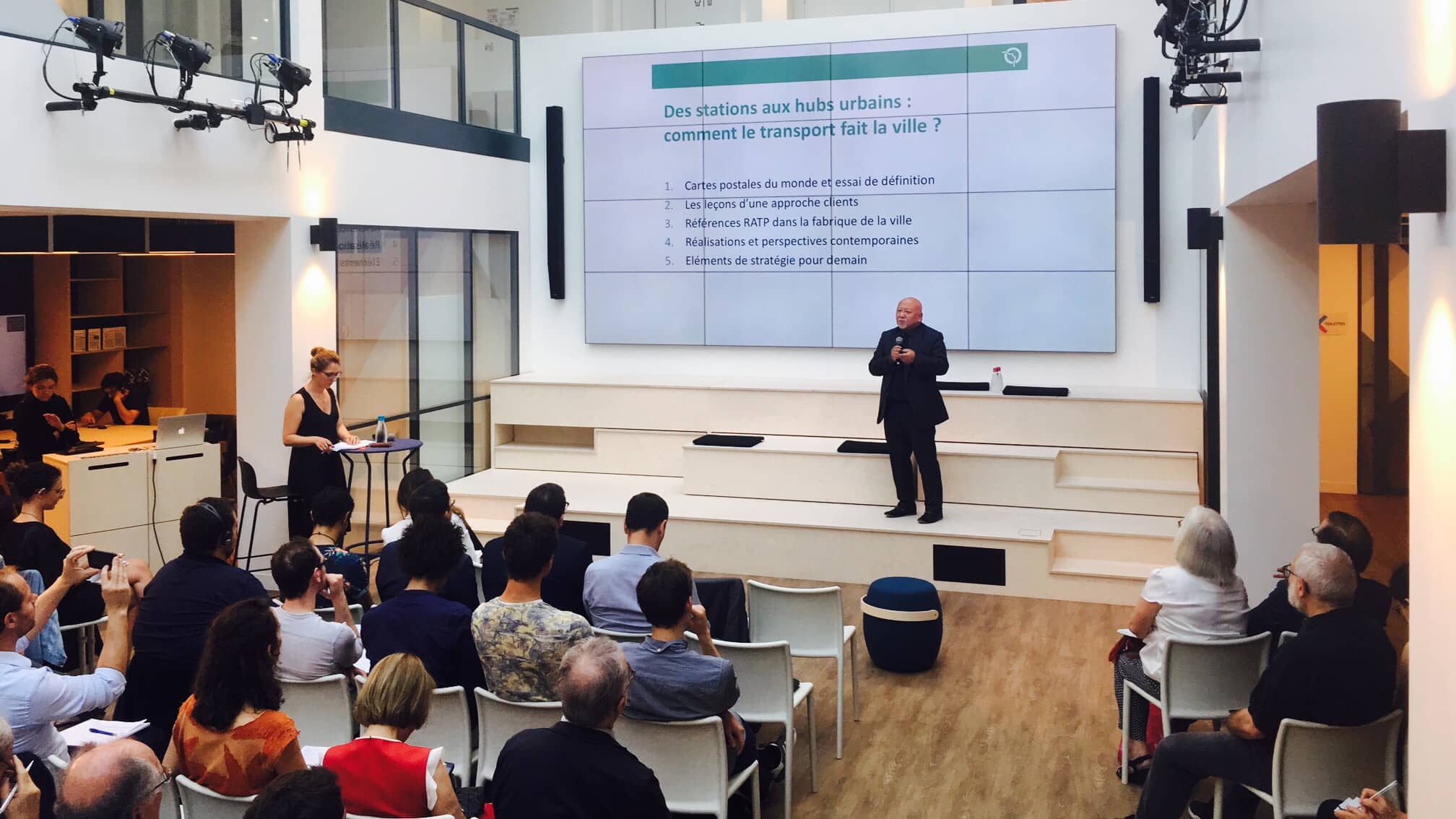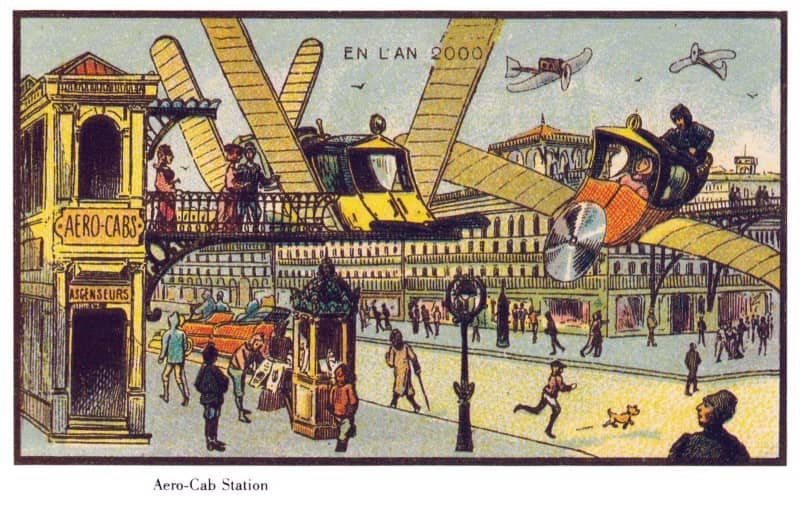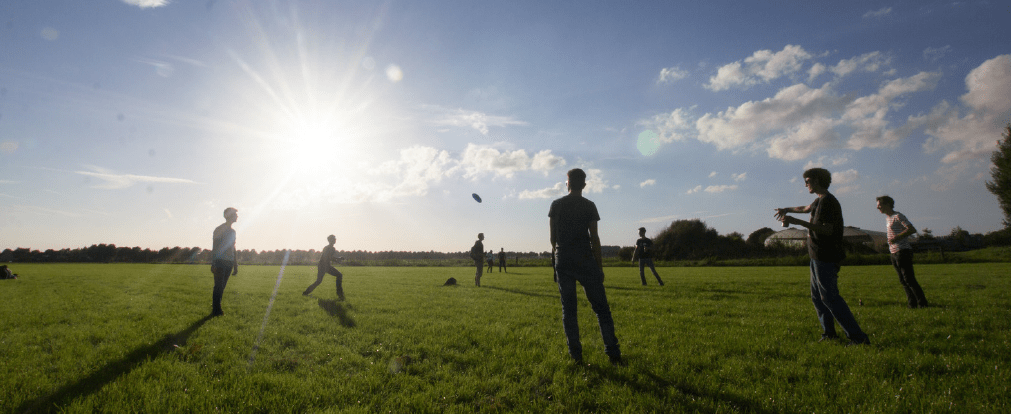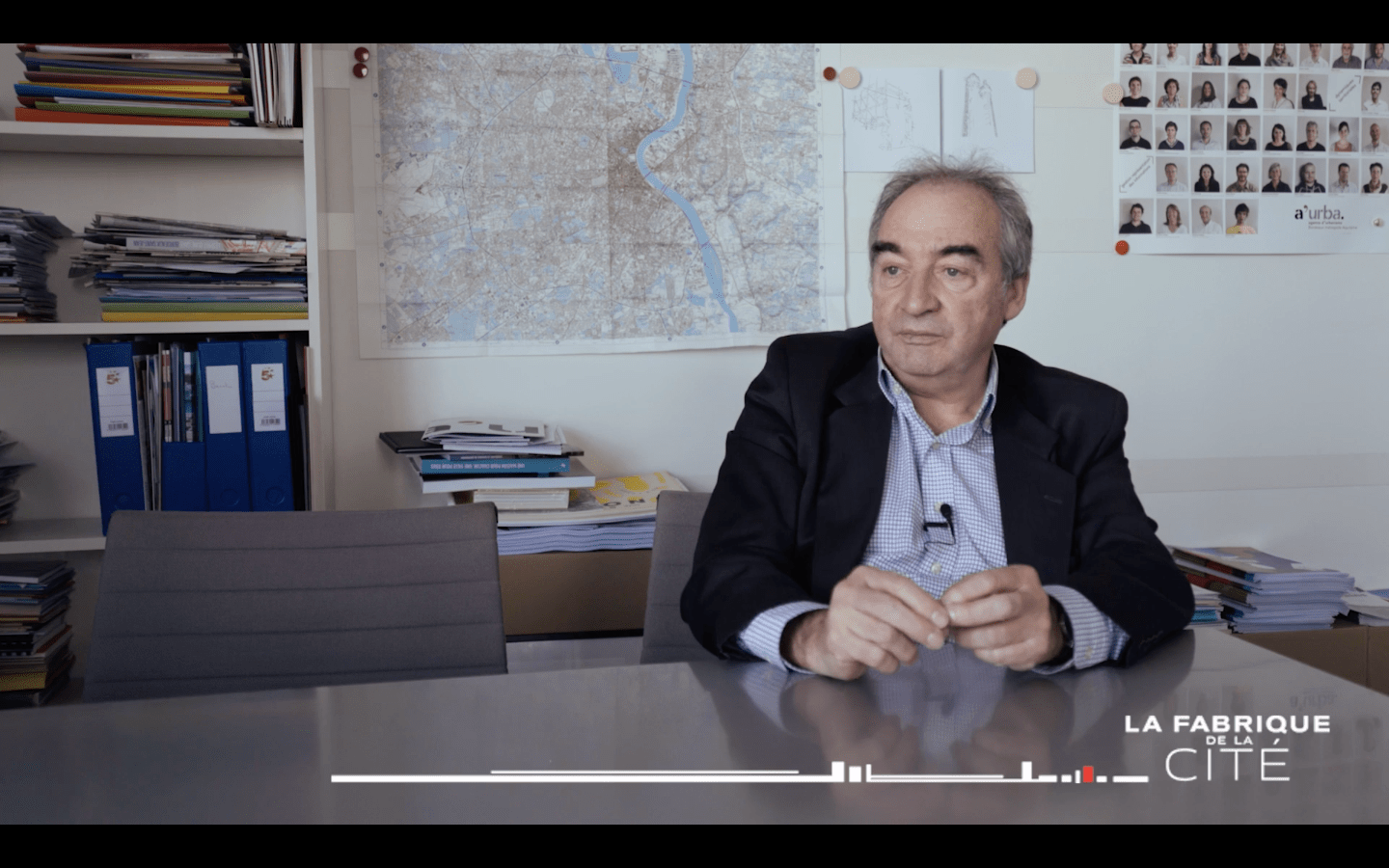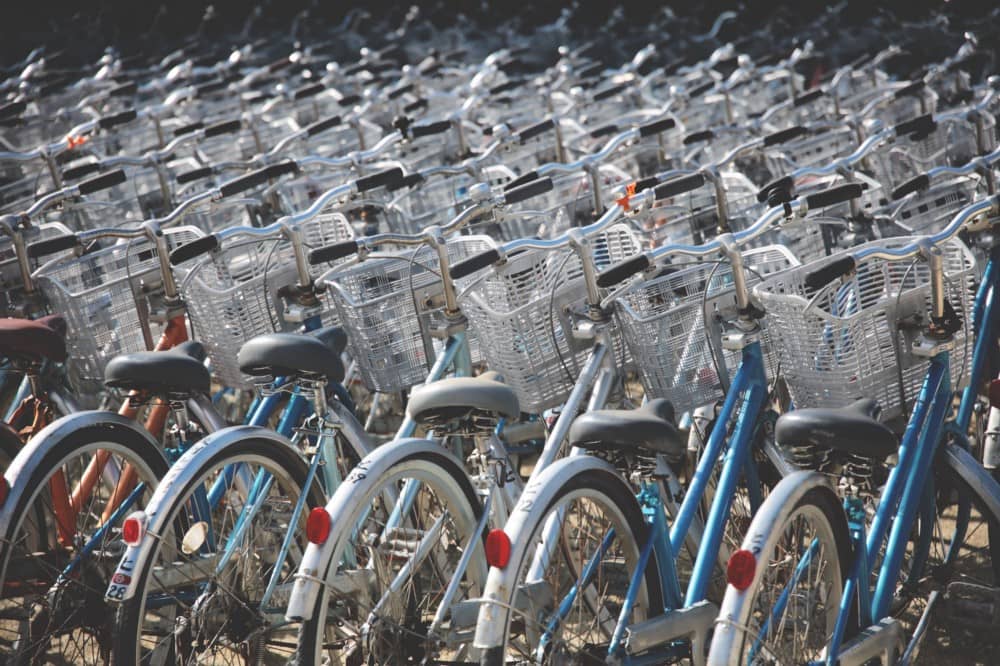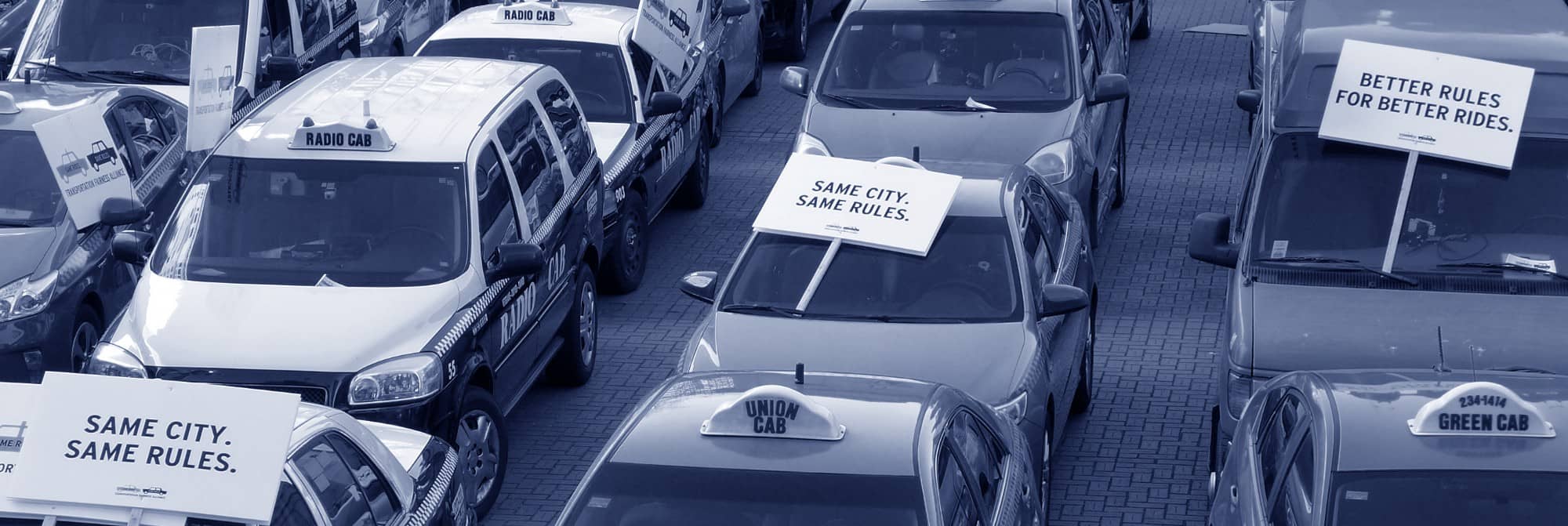

Oslo : reimagining the City for a Carbon-Free Future
European Green Capital of 2019 and widely regarded as the world’s electric car capital, Oslo has had a long and sinuous saga that has recently catapulted it to the forefront of successful ecological transitions and urban adaptations to climate change. Over the past two decades, the Nordic metropolis has leveraged the expertise of architects, urban planners, researchers, construction and infrastructure professionals, and political leaders to design flagship urban projects, forming some of Europe’s most ecologically remarkable neighborhoods. Oslo has thus reinvented and redeveloped Vulkan, a former industrial district along the Akerselva River, and turned it into a cultural hub that is energetically self-reliant, thanks to the power produced by an on-site 300-meters-deep geothermal plant. Oslo’s newly rehabilitated former industrial waterfront, known as Fjordbyen (“Fjord City”), now sports squares lined with cafés, promenades, and offices, and has led to the emergence of an urban bathing culture.
The Norwegian capital stands out for its ambitious environmental objectives, starting with a 95% reduction in greenhouse gas emissions by 2030. To reach this goal, Oslo has actively encouraged the purchase of electric vehicles, introduced urban tolls to finance public transportation, and set up infrastructures to encourage active mobility (cycling, walking, etc.). This overall effort to reduce the city’s carbon footprint is also behind the gradual electrification of the construction sites that dot Oslo’s streets. Collaboration between key industrial actors, such as construction material suppliers, manufacturers of specialized machinery, and tech companies, has allowed the industry to implement renewable and low-emission energy solutions.
Oslo’s bold policies, innovative choices and political, and social capital have enabled it to bring about sweeping changes. By promoting low-carbon construction, transforming former industrial sites, and encouraging the transition to electric vehicles and low-carbon mobility, Oslo successfully adapted to the growing challenges of climate change and fostered a more sustainable urban environment. To understand the reasons behind this success, La Fabrique de la Cité organized an urban expedition to Oslo from July 10th to 12th, 2024, bringing together French and European experts. The goal: to draw inspiration from Oslo’s experience and identify best practices that may be applied in France and the rest of the world
These other publications may also be of interest to you:

Sending out an SOS

Behind the words: telecommuting
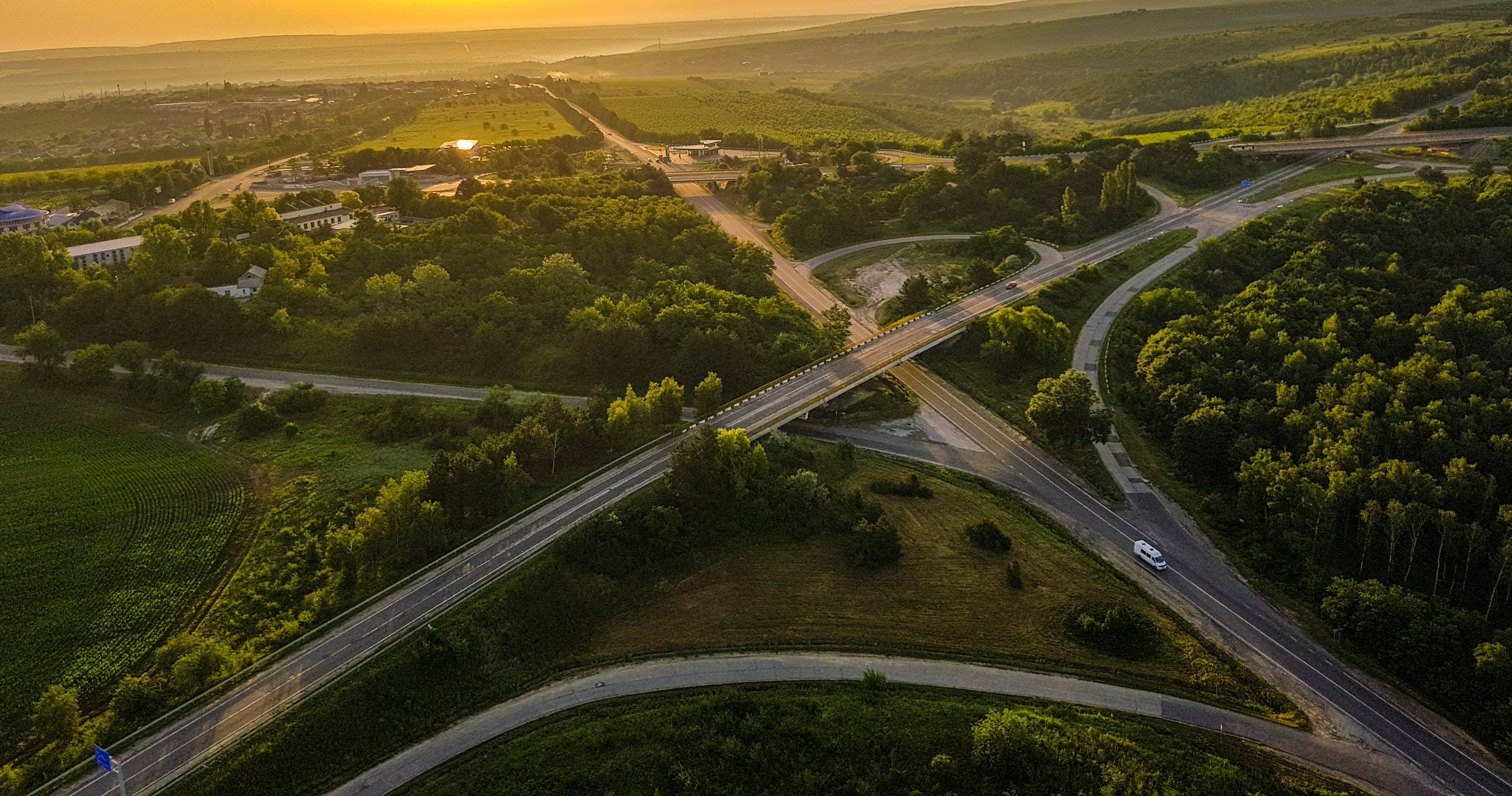
Behind the words: urban congestion
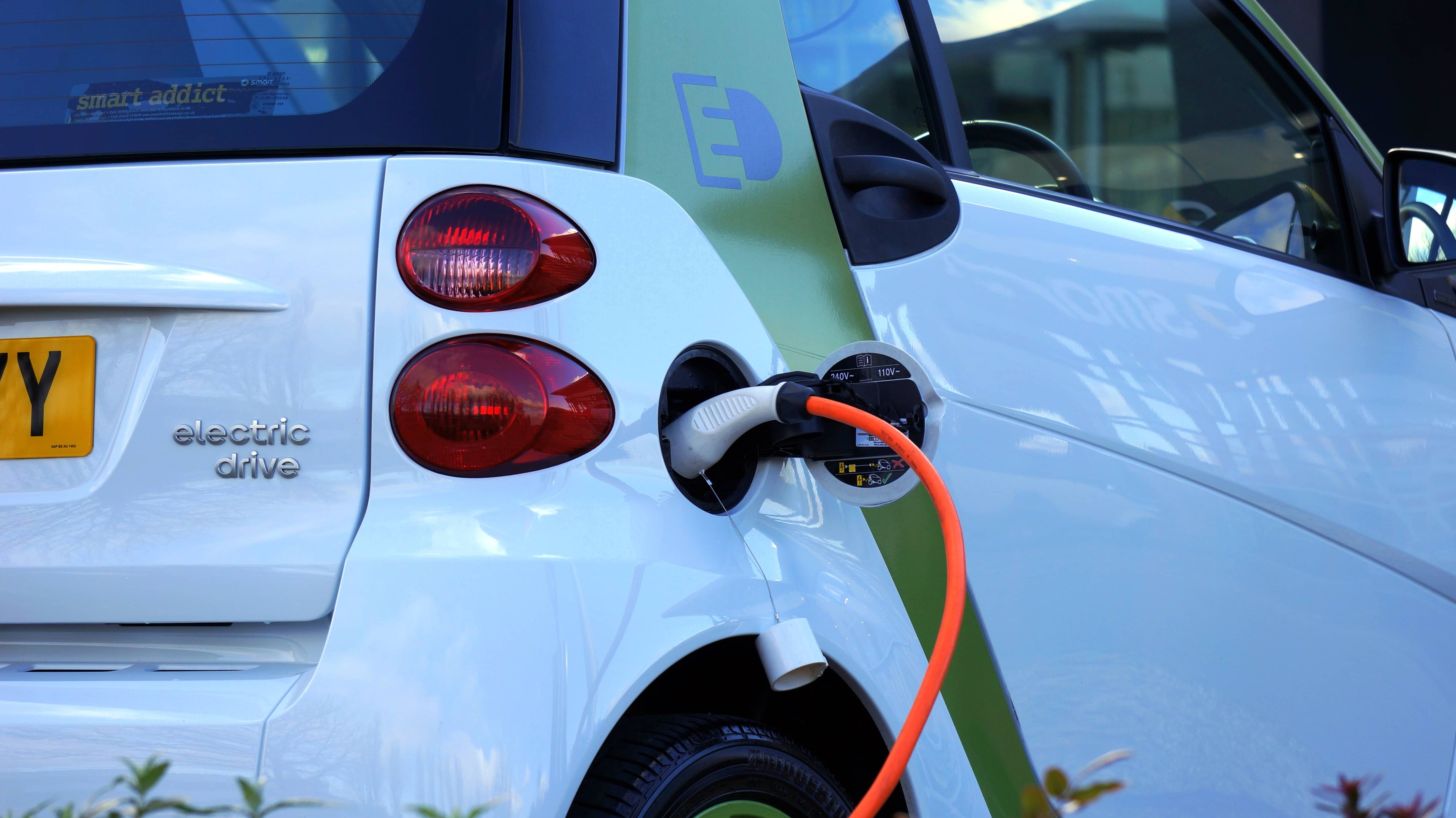
The political and technological challenges of future mobilities

Inventing the future of urban highways
“Dig, baby, dig”
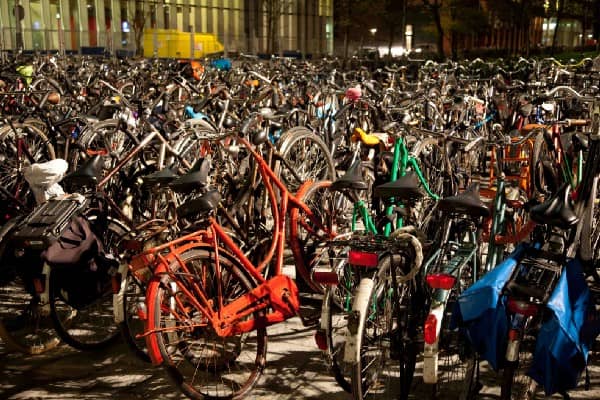
On foot or by bike? While Paris walks, Amsterdam pedals
La Fabrique de la Cité
La Fabrique de la Cité is a think tank dedicated to urban foresight, created by the VINCI group, its sponsor, in 2010. La Fabrique de la Cité acts as a forum where urban stakeholders, whether French or international, collaborate to bring forth new ways of building and rebuilding cities.













